With new technologies revolutionizing data collection, wildlife researchers are becoming increasingly able to collect data at much higher volumes than ever before. Now we are facing the challenges of putting this information to use, bringing the science of big data into the conservation arena. With the help of machine learning tools, this area holds immense potential for conservation practices. The applications range from online trafficking alerts to species-specific early warning systems to efficient movement and biodiversity monitoring and beyond.
However, the process of building effective machine learning tools depends upon large amounts of standardized training data, and conservationists currently lack an established system for standardization. How to best develop such a system and incentivize data sharing are questions at the forefront of this work. There are currently multiple AI-based conservation initiatives, including Wildlife Insights and WildBook, that are pioneering applications on this front.
This group is the perfect place to ask all your AI-related questions, no matter your skill level or previous familiarity! You'll find resources, meet other members with similar questions and experts who can answer them, and engage in exciting collaborative opportunities together.
Just getting started with AI in conservation? Check out our introduction tutorial, How Do I Train My First Machine Learning Model? with Daniel Situnayake, and our Virtual Meetup on Big Data. If you're coming from the more technical side of AI/ML, Sara Beery runs an AI for Conservation slack channel that might be of interest. Message her for an invite.
Header Image: Dr Claire Burke / @CBurkeSci

Explore the Basics: AI
Understanding the possibilities for incorporating new technology into your work can feel overwhelming. With so many tools available, so many resources to keep up with, and so many innovative projects happening around the world and in our community, it's easy to lose sight of how and why these new technologies matter, and how they can be practically applied to your projects.
Machine learning has huge potential in conservation tech, and its applications are growing every day! But the tradeoff of that potential is a big learning curve - or so it seems to those starting out with this powerful tool!
To help you explore the potential of AI (and prepare for some of our upcoming AI-themed events!), we've compiled simple, key resources, conversations, and videos to highlight the possibilities:
Three Resources for Beginners:
- Everything I know about Machine Learning and Camera Traps, Dan Morris | Resource library, camera traps, machine learning
- Using Computer Vision to Protect Endangered Species, Kasim Rafiq | Machine learning, data analysis, big cats
- Resource: WildID | WildID
Three Forum Threads for Beginners:
- I made an open-source tool to help you sort camera trap images | Petar Gyurov, Camera Traps
- Batch / Automated Cloud Processing | Chris Nicolas, Acoustic Monitoring
- Looking for help with camera trapping for Jaguars: Software for species ID and database building | Carmina Gutierrez, AI for Conservation
Three Tutorials for Beginners:
- How do I get started using machine learning for my camera traps? | Sara Beery, Tech Tutors
- How do I train my first machine learning model? | Daniel Situnayake, Tech Tutors
- Big Data in Conservation | Dave Thau, Dan Morris, Sarah Davidson, Virtual Meetups
Want to know more about AI, or have your specific machine learning questions answered by experts in the WILDLABS community? Make sure you join the conversation in our AI for Conservation group!
Here are a few key insights from this year's event that we're carrying into 2024.
2 January 2024
News from a grant to explore potential projects for monitoring biodiversity in latin american countries
16 December 2023
SEE Shell is an innovative phone app that uses machine learning to identify products made from the shell of the critically endangered hawksbill sea turtle.
14 December 2023
Outstanding chance for a motivated and ambitious individual to enhance their current project support skills by engaging with a diverse array of exciting projects in the field of biodiversity science.
11 December 2023
The Wildlife Society features a new paper where TrailGuard cameras have been used with tigers
9 December 2023
Two-year postdoc in AI and remote sensing for citizen-science pollinator monitoring, at Aarhus University. The successful candidate will integrate our computational entomologist team to develop and deploy novel methods...
4 December 2023
Funding
With $60,000, $30,000, and $10,000 grants available for 14 outstanding projects, the support of engineering and technology talent from Arm (the leading semiconductor design company), and access to the world’s biggest...
1 December 2023
Join the Rainforest Connection & Arbimon team to develop software for biodiversity monitoring!
14 November 2023
Yale University & Map of Life Rapid Assessments - XPRIZE
8 November 2023
Yale University & Map of Life Rapid Assessments - XPRIZE
8 November 2023
Careers
The Institute for Bird Populations (IBP) seeks a California-based acoustic monitoring specialist to collect, manage, and process avian acoustic data from multiple research and conservation projects across California...
26 October 2023
Join the NightLife team where you'll blend entomology expertise with technological innovation using automated insect monitoring.
25 October 2023
May 2024
September 2024
event
October 2024
November 2023
event
Q&A: UK NERC £3.6m AI (image) for Biodiversity Funding Call - ask your questions here
13 September 2023 4:10pm
*NEW* White Paper: Harnessing the Power of Sound & AI to track Global Biodiversity Framework (GBF) Targets
20 September 2023 12:53pm
DSAIL Tech4Wildlife Workshop Tutorials Now Available!
20 September 2023 12:22pm
Mozilla Technology Fund: AI and Environmental Justice Awards
15 September 2023 12:09pm
In case you missed it... (no. 1)
12 September 2023 11:49am
13 September 2023 6:23am
CIEEM 2023 Autumn Conference: Modernising Ecology: Techniques and Approaches
5 September 2023 1:59pm
Where to start in ct ?
1 September 2023 2:50pm
2 September 2023 12:53am
Hi Lucas.
I can understand that there are a lot of technologies being thrown around and it can be confusing about what is really needed. I recommend to first select an area of conservation you want to focus in, ie: ecological restoration, soil conservation, wildlife management, etc. Based on that decision, look at what technologies are available that can potential help in that field. We do a lot of work in ecological restoration and find that long term, longitudinal monitoring of conservation reserves are important. Because of that, we use a lot of datalogging and wireless communications to monitor remote locations. If you're interested in invasive species management, you might be drawn towards wildlife tracking (movement ecology), trap monitoring, drones, etc.
The technology is a tool, and you should look at it like field gear. The gear will change depending on what you're setting out to do and the tool is supposed to make your life easier, not harder :)
Hope that helps.
Akiba
2 September 2023 6:14am
Very helpful, thank you. One more thing, are there any broad skills that apply to all areas of conservation tech that may be helpful to learn/improve, e.g data analysis?
DSAIL Tech4Wildlife Workshop
1 September 2023 11:32am
26 September 2023 6:54am
26 September 2023 9:19am
AI tools help to detect wildfires in California
29 August 2023 7:02pm
A combination of cameras and real-time AI analysis tools are strengthening California's fire detection efforts to enable rapid response and prevent the spread of massive wildfires.
Mobile App. Developer / Gibbon Research
24 August 2023 9:59am
Catch up with The Variety Hour: August 2023
14 August 2023 11:50am
Acoustic Monitoring and AI to Recognize Elephant Sounds & Gunshots
9 August 2023 11:11pm
This article discusses Cornell's bioacoustics work with AI tools to recognize both elephant "voices" as well as gunshots. The elephant rumbles analyzed in this work are almost imperceptible to the human ear, but can be clearly detected with technology.
#Tech4Wildlife Photo Challenge: Judges' Panel Honorees
4 August 2023 10:00am
Mapping seagrass with drones and AI
4 August 2023 2:00am
GeoNadir shared how drones and AI can help assess seagrass habitats at the Great Barrier Reef, as well as how satellite imagery can monitor seagrass on a wider scale.
#Tech4Wildlife Photo Challenge: Community Choice Honorees
3 August 2023 10:00am
Sustained Effort: Scaling Positivity
 Daniel Situnayake
Daniel Situnayake
2 August 2023 10:00am
Workshop on the use of information and communications technology for conservation in Central Asia
1 August 2023 11:50pm
European Forum Alpbach
1 August 2023 5:23pm
Using an AI-based Warning System to Protect Whales in South Africa
28 July 2023 11:01am
Working with WWF, Vodacom is using cutting-edge artificial intelligence (AI), Internet of Things (IoT) technology and infrared cameras to help minimise whale entanglements in mussel farming ropes off the southwest coast of South Africa in Saldanha Bay.
5 ways how AI can double the impact of your nature venture
20 July 2023 10:18am
Every nature business or wildlife NGO faces 3 obstacles:
💰 Money
⏱️ Time
🤓 Expertise
Now I have great news: AI can help your nature venture with all 3 of them.
👉 You can still sign-up https://wildbusinessmates.com/double-your-impact-newsletter/
Senior Technical Specialist, Monitoring & Technology, ZSL
18 July 2023 1:44pm
Wildlife Conservation Drones & Technologies Summit 2023
16 July 2023 10:04pm
Artificial Intelligence in African Anti-Poaching Strategy | by Tusk | Jul, 2023 | Medium
12 July 2023 4:59pm
"Artificial Intelligence could be the solution needed to effectively monitor and safeguard vast landscapes across Africa that, up until now, have been protected solely by patrolling." Read Tusk's latest Medium blog on the emergence of AI in conservation
Tools for automating image analysis for biodiversity monitoring
 UK Research and Innovation
UK Research and Innovation
12 July 2023 4:50pm
Kew Research Fellow - Digital Revolution
12 July 2023 4:38pm
NBM - A collaborative and open source project to monitor Nocturnal Bird Migration
7 July 2021 7:01am
7 July 2021 7:16am
Updates will regularly be added in comments !
12 July 2023 4:26pm
Hi everyone! We were so delighted to have Adrien along to our June Variety Hour to share more about the Nocturnal Bird Migration project. If you missed it, you can catch up with the project here:
Some useful links shared by Adrien and Louis in the chat:
- the link to NBM discord: https://discord.gg/Uac6B4pQ
- the link to NBM platform (in french, but still user-friendly) - the database is free!: https://nocturnal-bird-migration.com/fr
- and finally, the link to the project's gitlab (french again, sorry ;) ): https://gitlab.com/nbm.challenge/nbm-nocturnal-bird-migration/-/blob/dev/docs/use_ia_on_kaggle/FR_Installer_IA_NBM.md
If you have any questions as you're catching up, drop them below and Adrien will pick them up :)
Steph
Request: Public datasets and models for marine videos (with fish looking fishy-ish)
12 July 2023 3:58pm
Project Spotlight: Monitoring tropical freshwater fish in Kakadu National Park with drones, underwater cameras and AI
12 July 2023 3:40pm
12 July 2023 3:58pm
During Andrew's talk, @dmorris put out a call in the chat that might be relevant to folks catching up on the video, so I'll drop it here too:
Re: Andrew's fish work... part of the reason I got in touch with Andrew a few weeks ago is that I'm trying to keep track of public datasets and public models for marine video that have basically this gestalt (video where fish look fishy-ish). I think we're getting close to enough public data to train a general-purpose model that will work well across ecosystems. My running list of datasets is here:
https://lila.science/otherdatasets#images-marine-fish
Let me know if folks know of others!
There are also a grand total of two public models that I'm aware of that sort of fall into this category... one is Andrew's:
https://github.com/ajansenn/KakaduFishAI
The other is:
https://github.com/warplab/megafishdetector
If folks know of other publicly-available models, let me know about those too!
Monitoring large wildlife populations with ML and Satellites
11 July 2023 7:28pm
Here's an interesting new paper in Nature about how new techniques in machine learning and satellite remote sensing are allowing researchers to monitor and count large populations of migratory terrestrial mammals like elephants and zebras.
Automatically detect animals in camera trap images and filter out the empties
22 February 2022 6:51pm
27 March 2022 10:19pm
Sounds good, Peter! I'll keep an eye out for your reply. Thanks a lot & kudos to your great effort!
- Divya
17 November 2022 7:59pm
@antoineede @divyar EcoAssist is now also available on Windows and Linux:
GitHub - PetervanLunteren/EcoAssist: Simplify camera trap image analysis with ML species recognition models based around the MegaDetector model
Simplify camera trap image analysis with ML species recognition models based around the MegaDetector model - PetervanLunteren/EcoAssist
 GitHub
GitHub
11 July 2023 10:52am
Thanks, @pvlun,@pvlun we are going to try it to develop a model for feral cat and rat detection in camera trap.















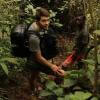
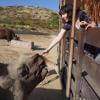
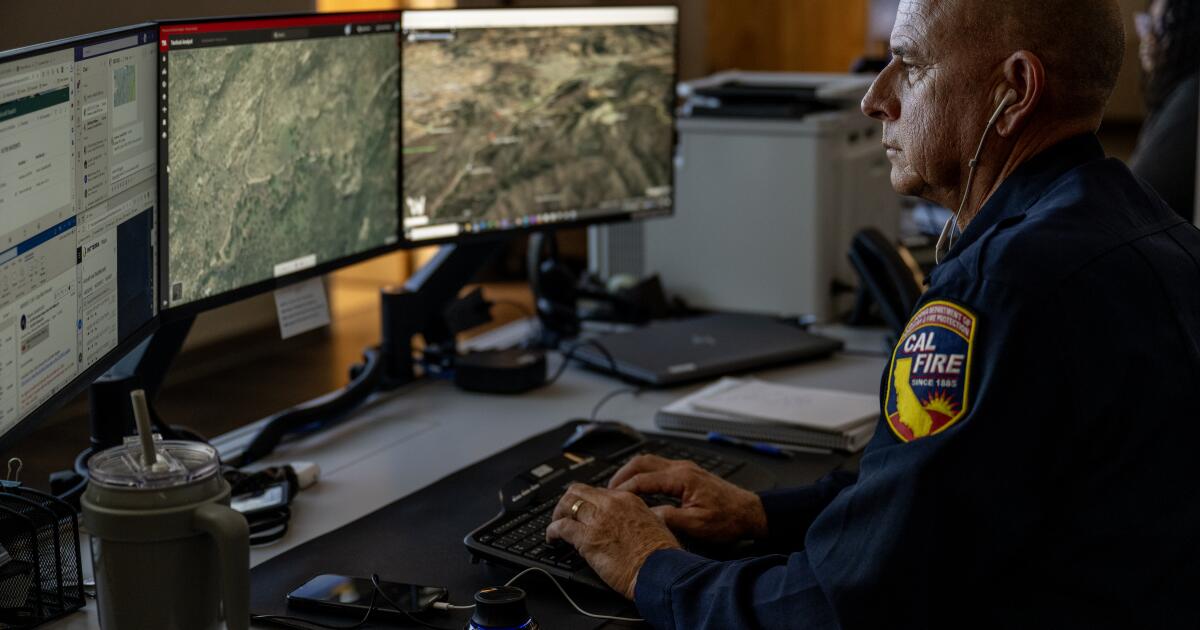

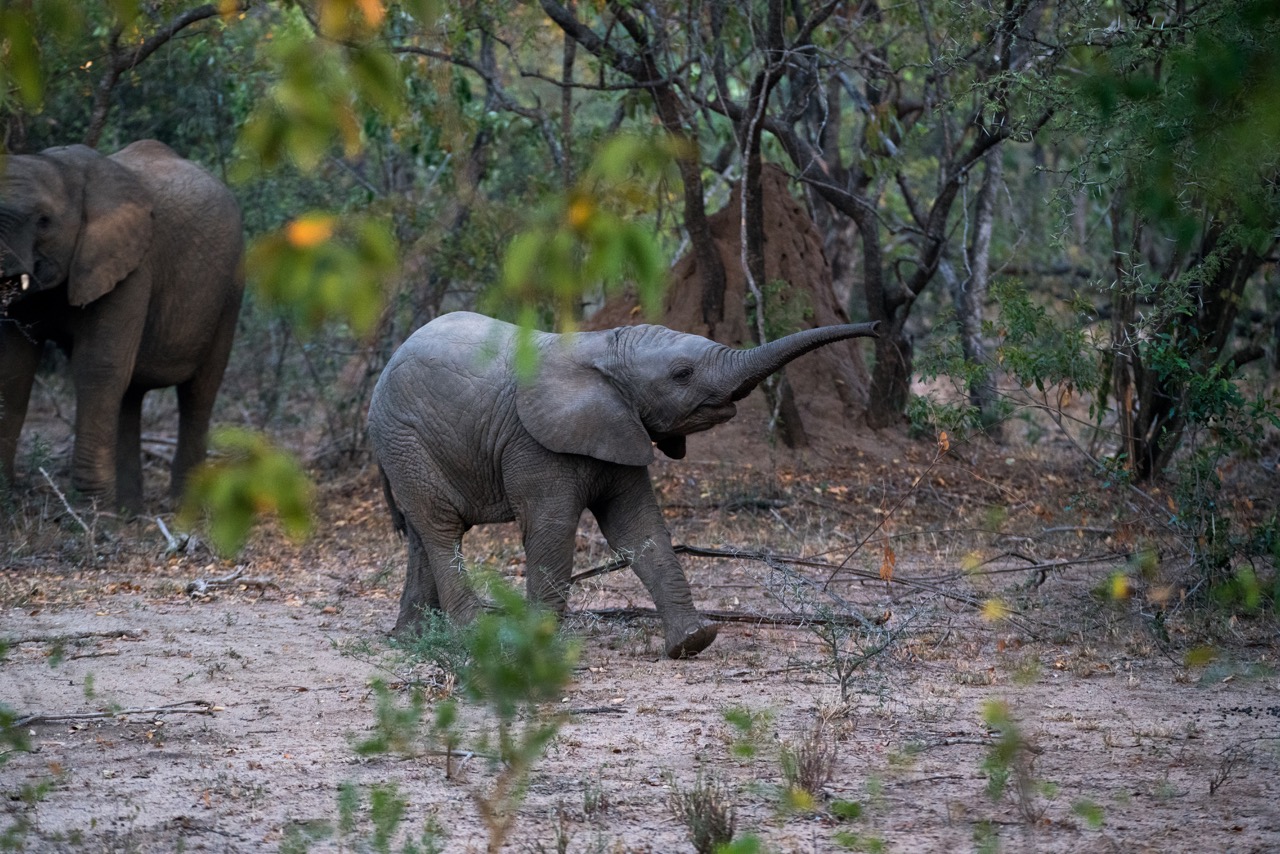
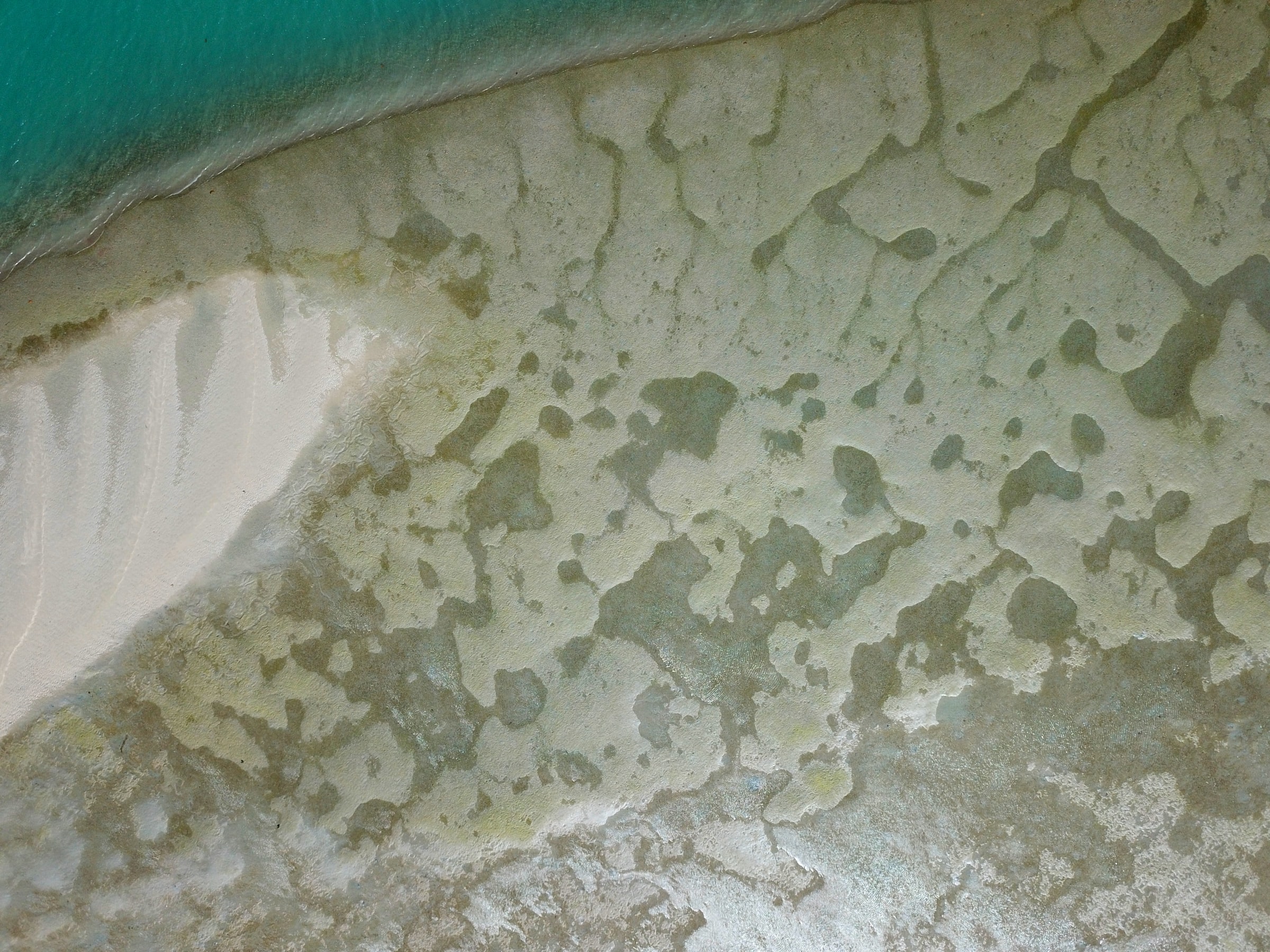


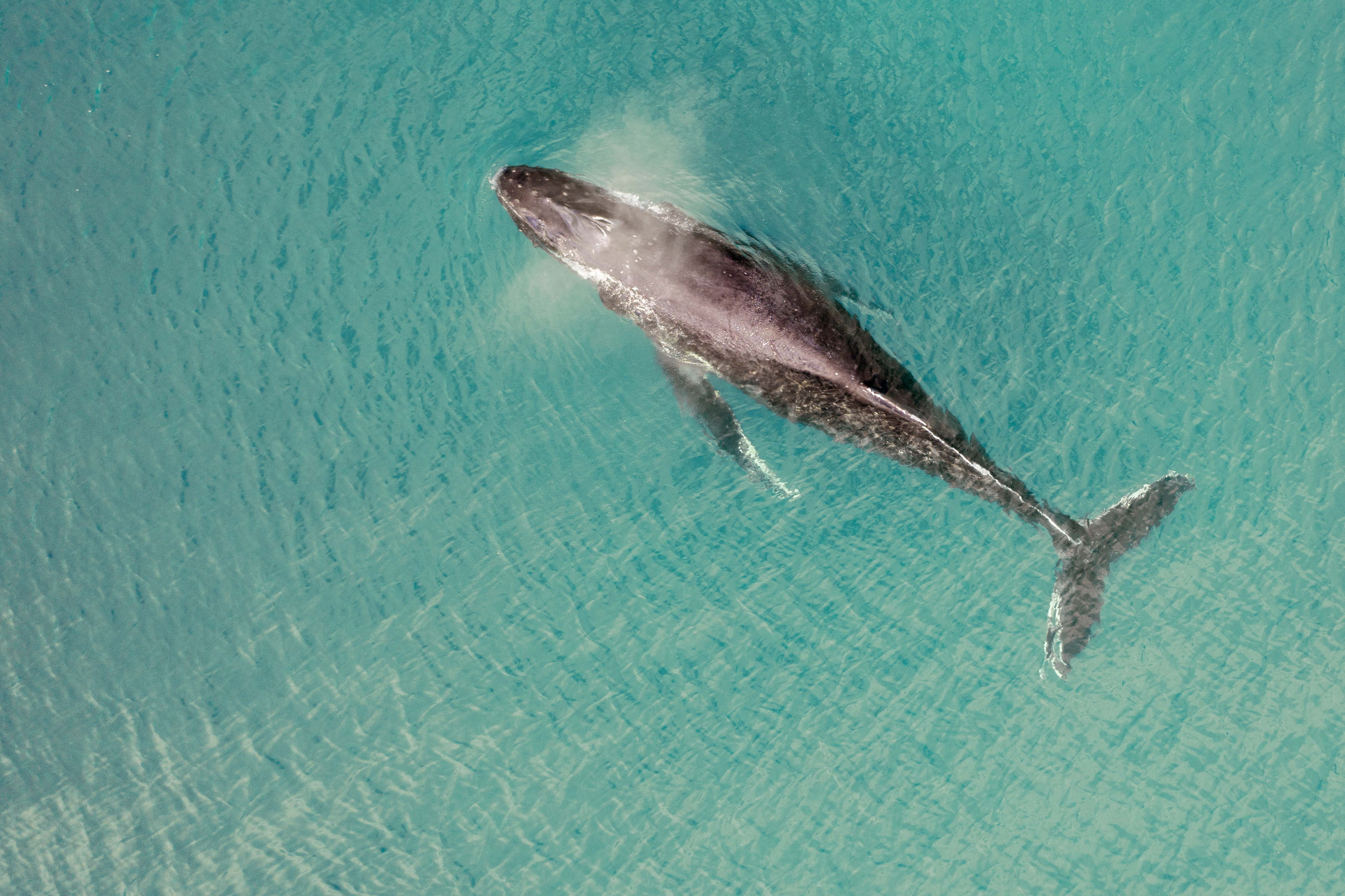




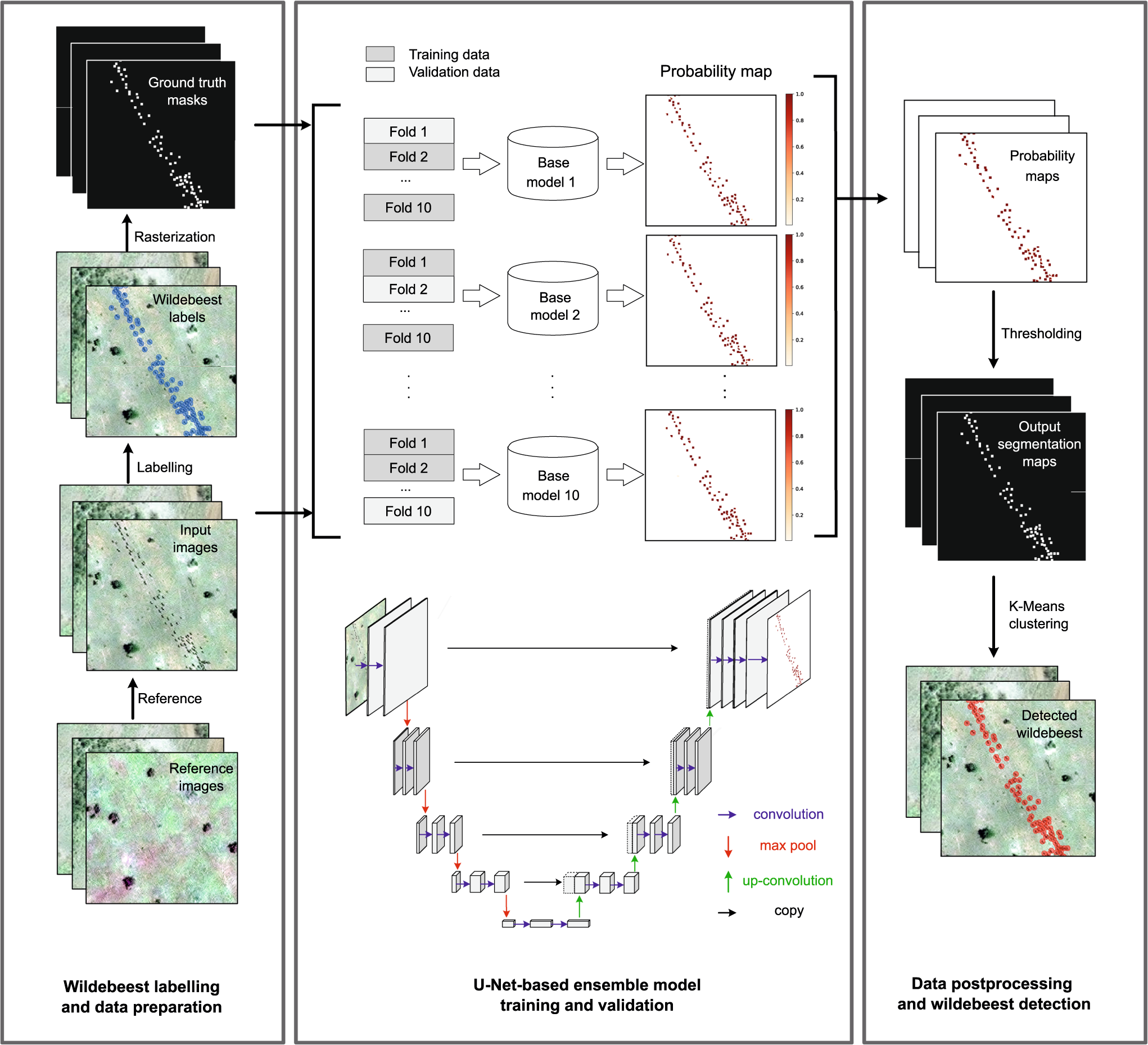

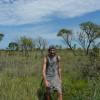
21 September 2023 4:27pm
This is super cool! Me and @Hubertszcz and @briannajohns and several others are all working towards some big biodiversity monitoring projects for a large conservation project here in panama. The conservation project is happening already, but hubert starts on the ground work in January and im working on a V3 of our open source automated insect monitoring box to have ready for him by then.
I guess my main question would be if this funding call is appropriate/interested for this type of project? and what types of assistance are possible through this type of funding (researchers? design time? materials? laboratory field construction)